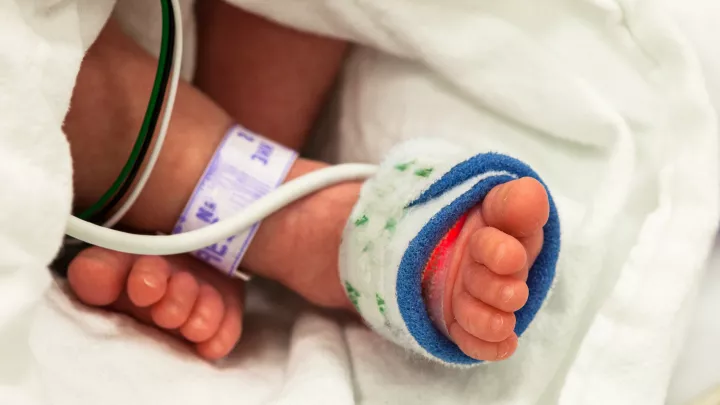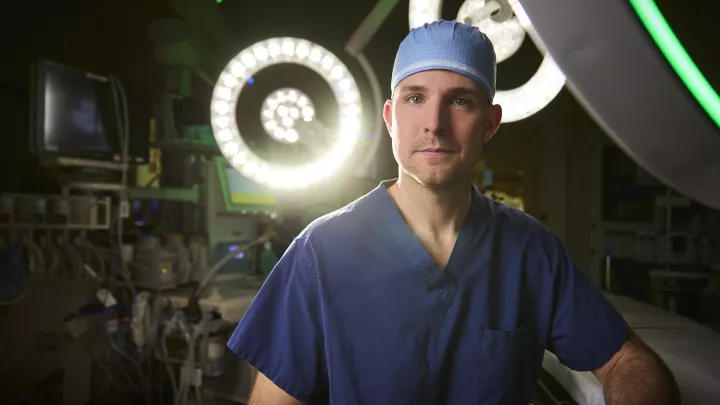Chest X-Ray
X-rays are electromagnetic waves, a type of radiation. In medical terms, an X-ray is an imaging test doctors use to see inside the body.
X-ray waves easily pass through the skin but do not pass through bone or organs. X-rays create images of these internal structures, and doctors use them to diagnose and monitor medical conditions. Doctors use chest X-rays to see the shape, size and location of your child’s heart, lungs, blood vessels and surrounding structures.
Chest X-Ray Uses
Chest X-rays are the most used imaging test for the chest. Doctors may use this test to diagnose or monitor:
- Symptoms like cough, chest pain or shortness of breath
- Heart problems like cardiomyopathy, congenital heart defects and heart failure
- Lung problems like pulmonary hypertension, pneumonia or a collapsed lung
- Broken ribs
What to Expect During a Chest X-Ray
Chest X-rays are painless and noninvasive. Children who are well enough go to a special room with an X-ray machine. When a child cannot easily come to the radiology department—children in intensive care units or operating rooms, for example—doctors may bring a portable X-ray machine to the bedside.
You may be able to stay in the room with your child during the X-ray. If you do, the X-ray technician will give you a lead apron to protect you from the small amount of radiation.
The test follows these simple steps:
- The X-ray technician positions your child next to the X-ray machine. Depending on your child’s condition and the reason for the X-ray, the technician may ask your child to stand, sit or lie down. The technician may put a lead apron on your child to protect the rest of the body from radiation.
- The technician returns to the monitoring booth to perform the test. You or your child can speak to the technician through a speaker.
- It is important to keep the chest still during the X-ray to get a clear image. The technician asks older children to hold their breath or uses gentle restraints to keep younger children still.
- The test takes a few seconds. Usually, the technician takes two images from different angles.
Chest X-Ray Risks
Chest X-rays are safe. The test uses a small amount of radiation—the X-ray waves—but the amount is not considered dangerous. Your child is exposed to far more radiation from the environment each year than from a single X-ray. X-rays are not recommended for pregnant individuals, so tell the doctor if your child may be pregnant.
Cardiology Care at Children’s Hospital Los Angeles
At CHLA, your child receives excellent care from world-class experts. Learn more about our pediatric heart programs and services.


